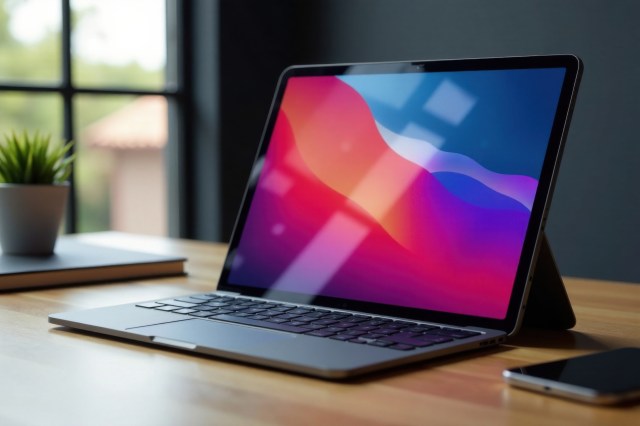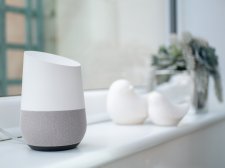Touchscreen Laptops: A Comprehensive Guide to Their Benefits

SUMMARY Touchscreen laptops combine the interactive ease of tablets with the power of traditional laptops, making them ideal for users who value versatility and mobility. They’re especially useful for creative work, note-taking, and on-the-go productivity, though buyers should weigh factors like battery life, cost, and personal usage habits.
Touchscreen laptops have become increasingly popular in recent years, blending the functionality of tablets with the power of traditional laptops. But are they really useful? In this guide, we’ll explore the benefits and practical uses of touchscreen laptops to help you decide if they’re the right choice for your needs.
What Is a Touchscreen Laptop?
A touchscreen laptop is a portable computer that features a screen capable of detecting touch input, allowing users to interact directly with what is displayed. This technology enables actions such as tapping, swiping, and pinching on the screen, similar to how smartphones and tablets operate. These devices often combine touch capability with traditional keyboard and trackpad inputs for versatile use.
Enhanced User Interaction and Productivity
One major benefit of touchscreen laptops is their intuitive interaction style. Users can navigate software more naturally by touching icons or scrolling through documents without relying solely on a mouse or keyboard. This can speed up tasks like note-taking, drawing, editing photos, or browsing websites. Many professionals find that having both touch and traditional input methods boosts their productivity by offering multiple ways to interact based on task needs.
Versatility for Creative and Educational Uses
Touchscreen laptops are especially useful for creative tasks such as digital art, graphic design, and photo editing where direct manipulation enhances precision. Stylus support on many models further extends control capabilities. In education settings, these devices facilitate interactive learning through handwriting recognition apps or interactive textbooks where students can annotate directly on screen content.
Portability Meets Convenience
Many touchscreen laptops feature 2-in-1 designs that allow users to flip or detach screens to use the device as a tablet. This flexibility makes them convenient for presentations, media consumption, or working in tight spaces like airplanes or coffee shops. The combination of portability with touch functionality offers an all-in-one device ideal for modern lifestyles requiring mobility without sacrificing performance.
Considerations Before Buying a Touchscreen Laptop
While touchscreen laptops offer many advantages, potential buyers should consider factors such as battery life (touchscreens may consume more power), weight (some models are heavier due to additional hardware), cost (typically pricier than non-touch counterparts), and personal usage habits. If your work involves detailed typing with limited need for direct screen interaction, a traditional laptop might suffice; however if you value interactivity and versatility highly, investing in a touchscreen model could prove worthwhile.
In conclusion, touchscreen laptops provide enhanced interactivity combined with portability that suits many users’ needs from professionals to students alike. By understanding their benefits alongside practical considerations such as cost and battery life impacts you can make an informed decision about whether this technology fits your lifestyle. Ultimately they represent a compelling evolution in laptop computing worth exploring.
This text was generated using a large language model, and select text has been reviewed and moderated for purposes such as readability.











